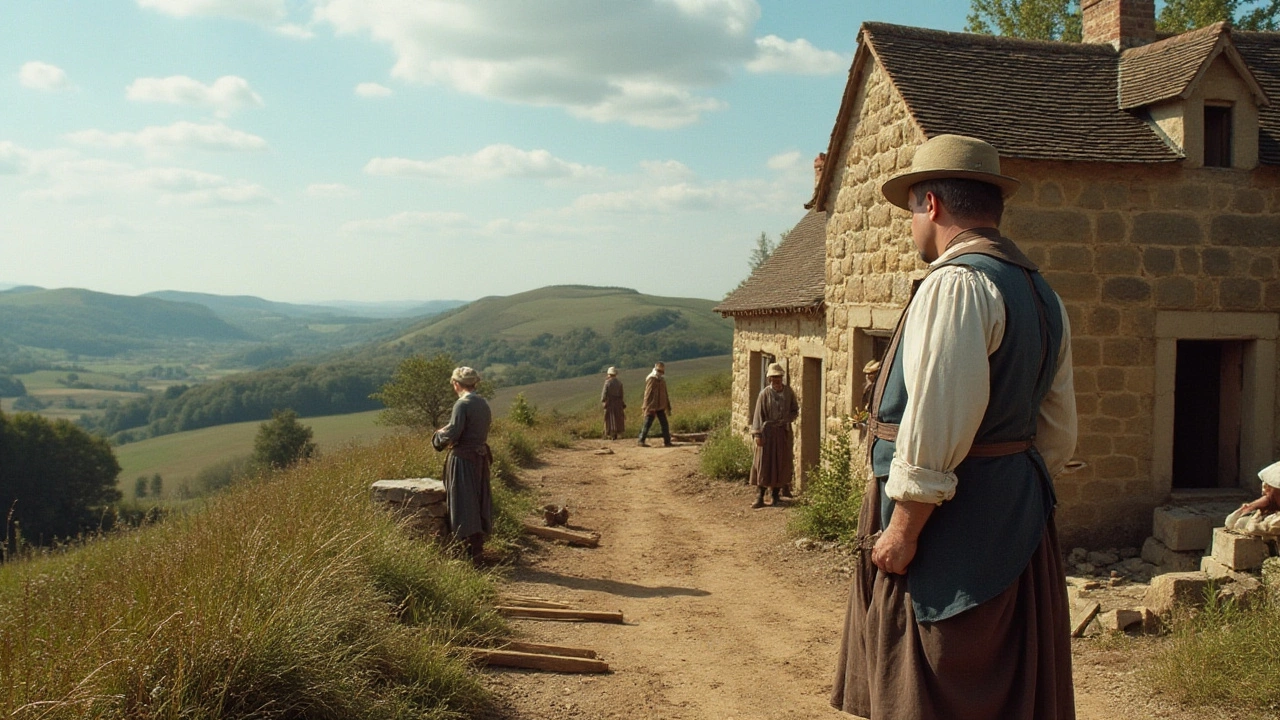Contractor Roles: Who Does What on a Build?
Ever walked onto a construction site and wondered who’s actually responsible for each part of the job? You’re not alone. From big‑ticket tier 1 contractors to the architects who sketch the plans, every role has a purpose. Knowing the difference can save you time, money, and headaches.
Main Types of Contractors
A general contractor is the go‑to manager for most projects. They hire subcontractors, keep the schedule on track, and make sure everything meets code. If you’re building a house, the general contractor is the person you’ll talk to daily.
A tier 1 contractor sits at the top of the ladder. These are the firms that handle massive, high‑risk projects like skyscrapers, stadiums, or major infrastructure. They have the resources to manage multiple trades at once and often act as the main bridge between the client and a network of specialty subcontractors.
Specialty contractors focus on one trade—think electrical, plumbing, roofing, or flooring. They bring deep expertise and usually work under the direction of the general or tier 1 contractor. Hiring the right specialist means fewer re‑works and a smoother finish.
Design‑Side Roles You Can’t Ignore
Before any concrete is poured, architectural services shape the vision. Architects handle everything from conceptual sketches to detailed construction drawings and permits. Their fee structures vary—some charge a flat rate, others a percentage of construction costs—but you’ll always need a professional design plan to get approvals.
Civil construction firms take care of the groundwork: roads, utilities, foundations, and bridges. If your project involves a new development or major site work, you’ll likely be dealing with a civil contractor who coordinates with local authorities and ensures the land can support the build.
Don’t forget commercial contractors when your project is business‑focused. They understand the nuances of commercial codes, fire safety, and large‑scale HVAC systems—things that a residential‑only contractor might miss.
Each role plays a part in the bigger picture. A good rule of thumb: start with a clear scope, then match the right contractor to each task. If you’re unsure, ask for references, check licensing (a commercial license is a must for most larger jobs), and verify insurance.
Bottom line? Knowing the difference between a tier 1 contractor, a general contractor, a specialty trade, and the design team helps you ask the right questions, set realistic timelines, and keep costs in check. So next time you plan a renovation or new build, take a moment to map out who does what—your project will thank you.

